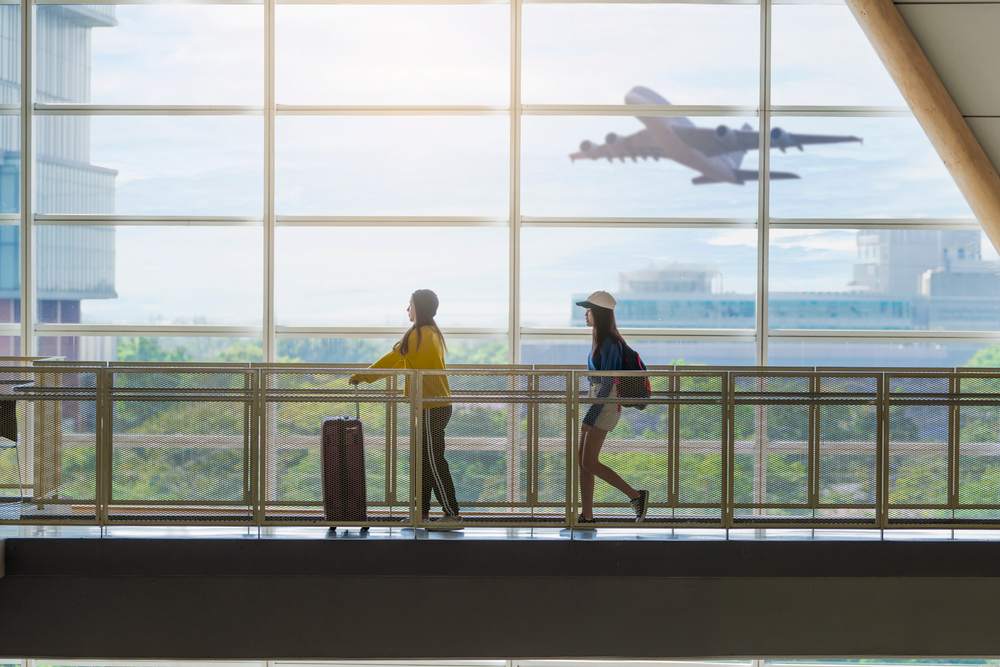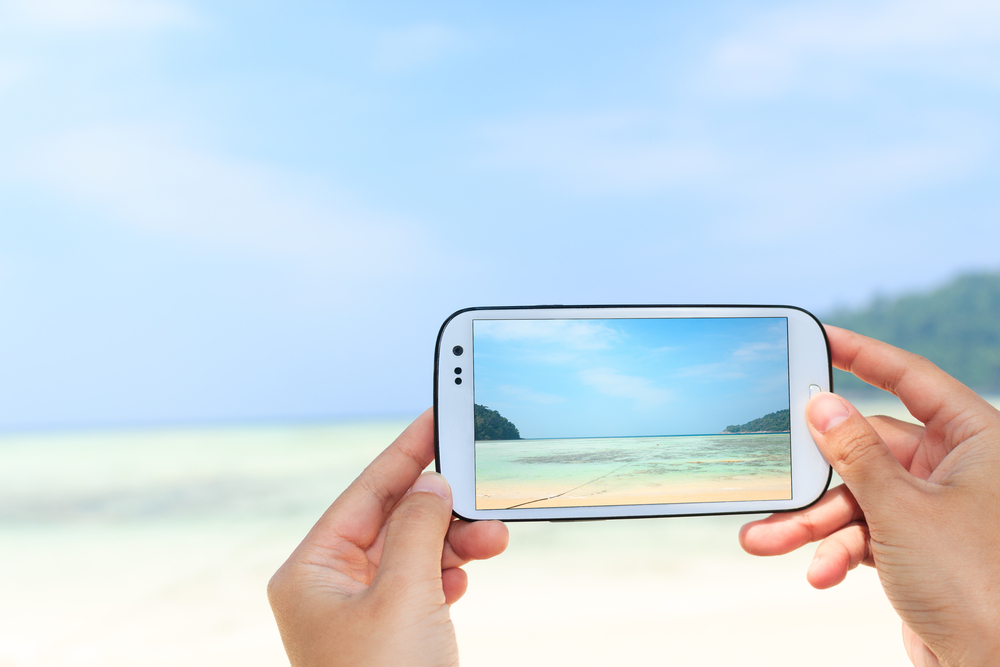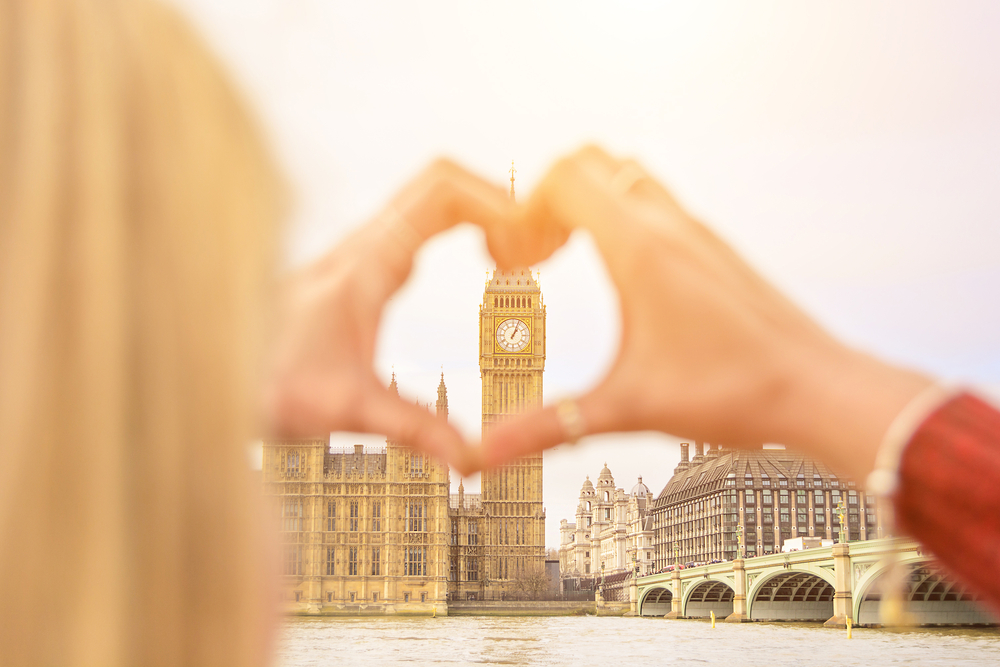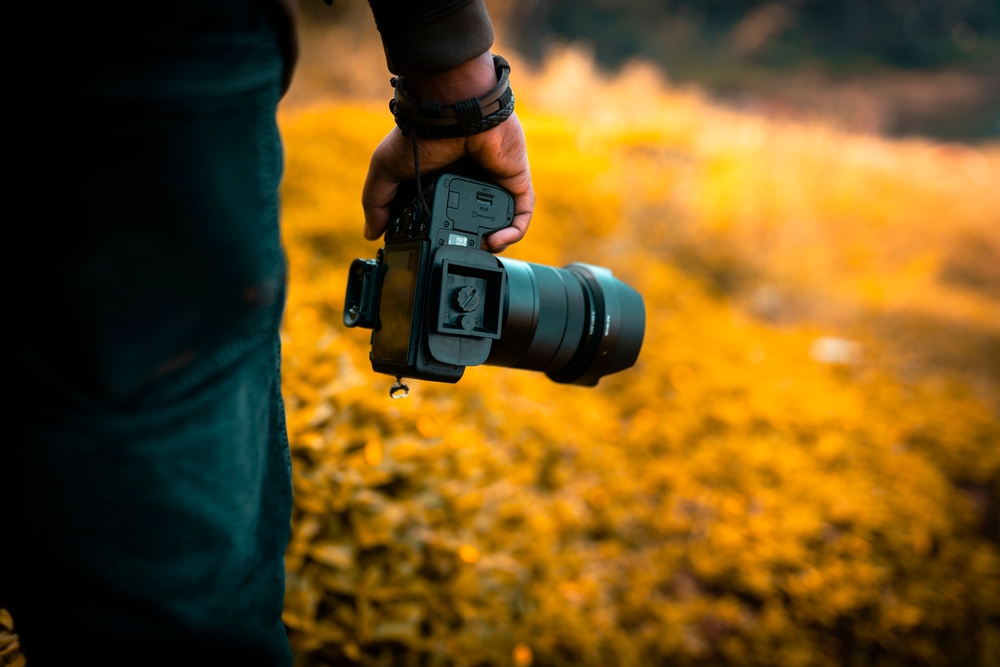Level one of trip planning means that you just decided that now it’s time for a vacation. But you are not aware of anything except this. In this article, I will guide you on how to move further from level one of your trip planning and make your dream trip happen.
From deciding a destination to deciding a budget as simply choosing a destination is not sufficient; you also need to consider other trip preparations, such as seasons, finances, accommodations, duration, flights, etc.
After level one you just need to follow the below step or tips:
Decide a season and be aware of it:
Take into account the season of the year you will be there first. As it affects the budget, this will assist you in further planning your vacation. For instance, if you’re traveling at the busiest time of year, hotel and other accommodation expenses will be prohibitively expensive.
However, if you travel during the off-peak season, you will be able to get cheaper hotels and lower prices everywhere else. But that too depends on your choice of destination.
Decide a budget:
The cost of your return flight or other transportation, the cost of accommodation for a specified number of days, your planned activities at your chosen destination, your planned food budget, your planned sightseeing, and of course, some emergency money, all go into determining your trip budget. You must set a budget otherwise chances are high that you will end up spending more.
Booking in advance is the game changer:
You must book your airline, train, or bus tickets long in advance if you want to know how to properly prepare for your trip after ideation is finished. Because train and plane tickets are erratic in terms of availability and price changes, you can stay within your initial budget by making your bookings a few months in advance.
Research about safety:
Before going there, you should always check to make sure it’s safe by getting information from dependable sources. The location, for instance, cannot be going through civil unrest, war, viral illnesses, or anything else that could represent a major safety concern.
Make a fantastic itinerary:
Plan your route so that you can see all the places you “must see.” How long does it take to get from one town to the other? How much time will it take you to complete these activities? How long would it take you to see everything you wanted to see in this city? If the purpose of the trip is to relax and take it easy while on vacation, the trip planner should just include one or two activities per day.
Keep your first aid kit ready:
Nowadays, everything is accessible everywhere, but we are convinced that some treatments are not available everywhere. For instance, many people are highly picky about fever medications and claim that only this company’s medication would work for them.
In these situations, it is best to prepare a first aid box with basic medications for a cough and cold, as well as painkillers, bandages, and other emergency medications and ointments. It keeps you prepared for things like fever, acute body aches, scrapes, scratches, and other wounds.



